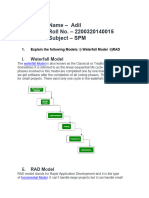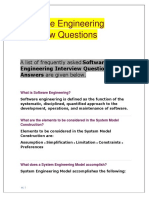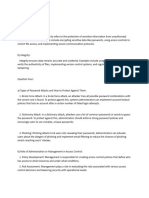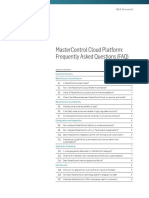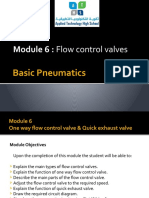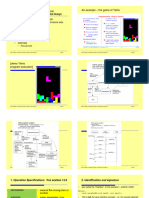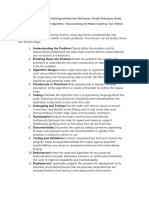0% found this document useful (0 votes)
62 views23 pagesSoftware Eng.
The document provides definitions and explanations for various software engineering concepts, including systems, software, RAD, SRS, software testing principles, and software reengineering. It also covers methodologies like the Waterfall model and the Spiral model, along with details on SDLC phases, fact-finding methods, software maintenance types, and decision-making tools like decision tables and data flow diagrams. Additionally, it includes practical examples such as ER diagrams and screen layouts for employee salary slips.
Uploaded by
Suraj TapkirCopyright
© © All Rights Reserved
We take content rights seriously. If you suspect this is your content, claim it here.
Available Formats
Download as DOCX, PDF, TXT or read online on Scribd
0% found this document useful (0 votes)
62 views23 pagesSoftware Eng.
The document provides definitions and explanations for various software engineering concepts, including systems, software, RAD, SRS, software testing principles, and software reengineering. It also covers methodologies like the Waterfall model and the Spiral model, along with details on SDLC phases, fact-finding methods, software maintenance types, and decision-making tools like decision tables and data flow diagrams. Additionally, it includes practical examples such as ER diagrams and screen layouts for employee salary slips.
Uploaded by
Suraj TapkirCopyright
© © All Rights Reserved
We take content rights seriously. If you suspect this is your content, claim it here.
Available Formats
Download as DOCX, PDF, TXT or read online on Scribd
/ 23

























